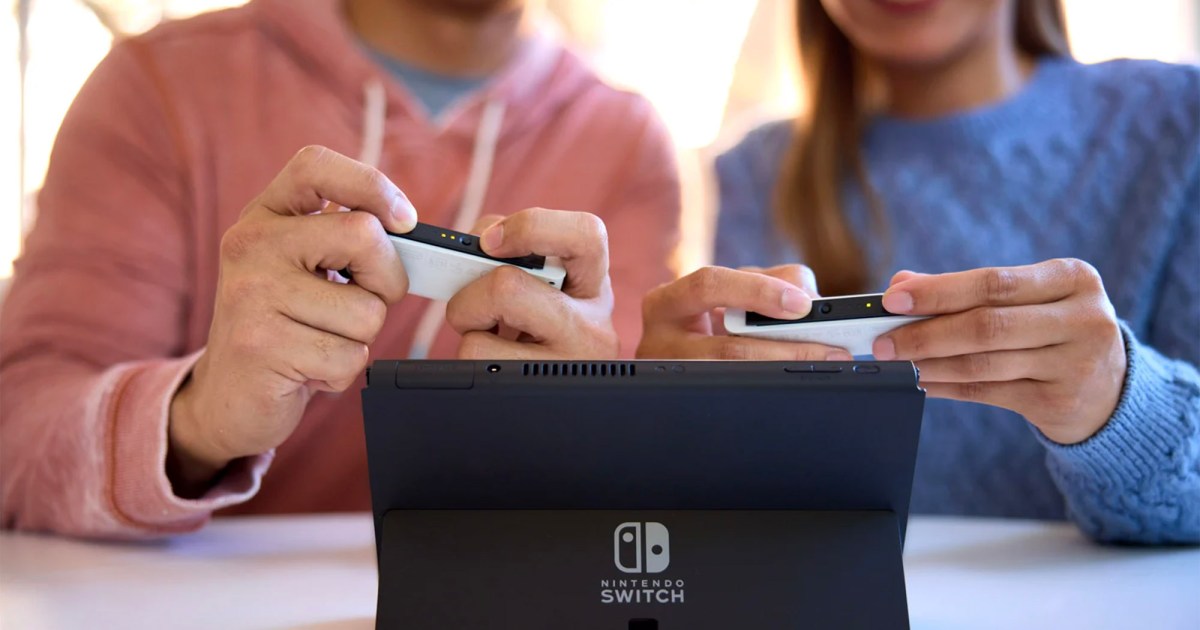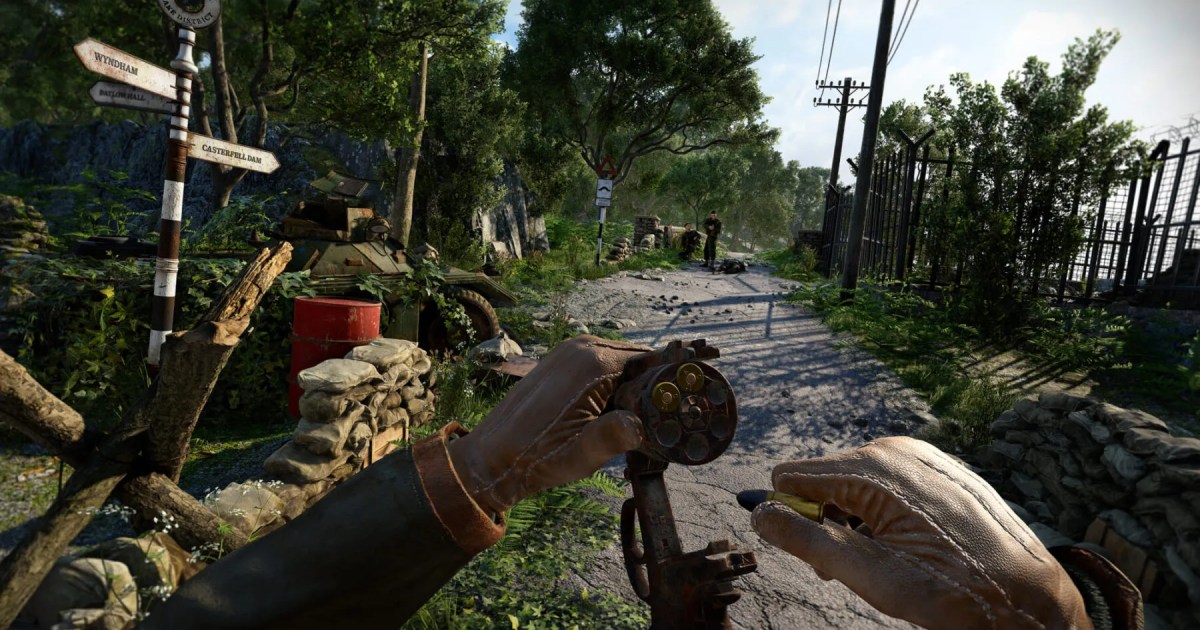The New York Times’ Strands puzzle presents a captivating twist on the classic word search, demanding a sharp eye and strategic thinking. Like other popular NYT games such as Wordle, Connections, and the Mini Crossword, Strands can pose a significant challenge. If you’re seeking assistance with today’s puzzle, you’ve come to the right place. We’ll provide hints, reveal the spangram, and finally, unveil the complete solution.
 NYT Strands logo.
NYT Strands logo.
Decoding the Strands Gameplay
The objective of Strands is to identify the “theme words” concealed within the grid. By dragging or tapping letters, you form words. Double-tapping the last letter confirms your selection. Correct theme words highlight in blue and become locked. Finding non-theme words, while not the primary goal, offers valuable assistance. Every three non-theme words of four or more letters earns you a hint, revealing the jumbled letters of a theme word. Each letter in the grid contributes to spelling out the theme words, with no letter used more than once and no overlaps. Crucially, each puzzle features a “spangram,” a special theme word (or words) reflecting the puzzle’s theme and spanning two opposite edges of the board. The spangram highlights in yellow upon discovery. The ultimate aim is to complete the puzzle swiftly and efficiently, minimizing the use of hints.
Today’s Strands Puzzle Hint
Today’s theme revolves around the concept of “Upright and grand.” Consider this clue: the art of tickling the ivories.
Unveiling Today’s Strands Answers
Today’s Spangram Solution
Let’s start by revealing the spangram, which may illuminate the theme and pave the way for solving the remaining words:
- PIANOPARTS
Complete Strands Solutions
Here are all of today’s Strands answers:
- HAMMERS
- FRAME
- STRINGS
- KEYBOARD
- PEDALS
- COVER
Strategies for Strands Success
While today’s solutions are provided, mastering Strands requires strategic thinking. Focus on identifying the spangram early, as it often unlocks the puzzle’s theme. Utilize non-theme words strategically to earn hints when needed. Look for common prefixes and suffixes to help decipher longer words. And most importantly, practice regularly to enhance your word recognition and grid navigation skills.









